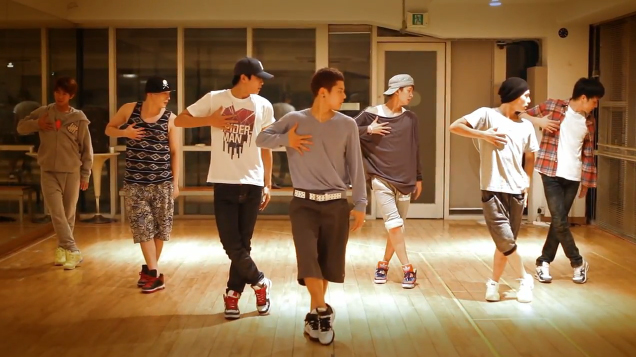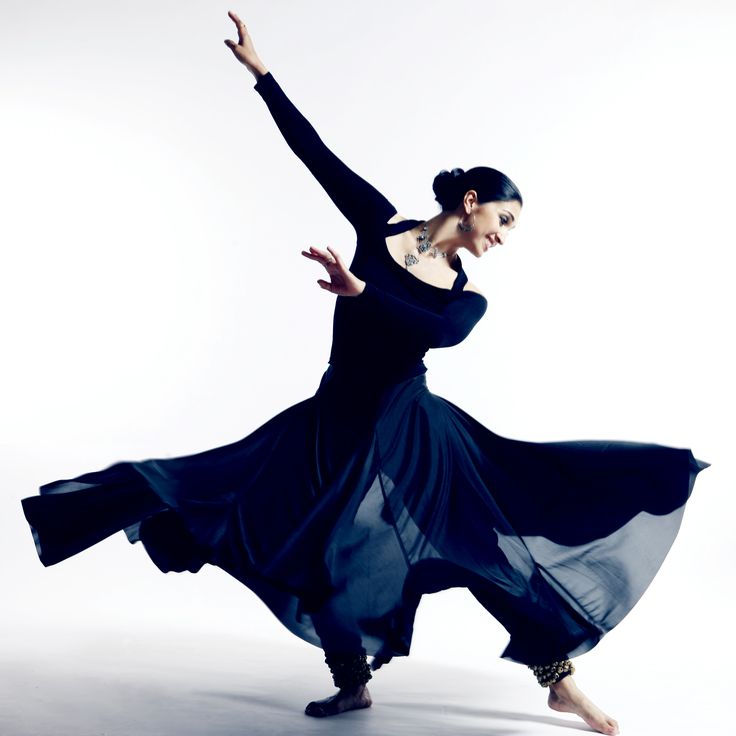
Tricia Miranda’s Top 10 Ways to Own Your Career
Commercial superstar Tricia Miranda is everywhere. Her viral class videos dominate our YouTube feed, her choreography was seen by millions of people during Missy Elliott’s Super Bowl 50 performance and she recently completed work on her own MTV show, “Going Off.” If there’s anyone who can give advice on how to be a consummate professional, it’s Miranda. Wondering about the kinds of details that define a career and make you unforgettable? Here are Miranda’s words of wisdom. 1. Create a choreographic signature. “You may want to copy what’s already been done, because that’s what’s hot, or getting a lot of views. But roll with your unique style. It might take longer than copying, but that’s what makes you memorable.” 2. Know your worth. “We want to make a living doing what we love. But don’t take a job just because it’s a paycheck. Respect yourself as an artist and figure out what you feel OK with.” 3. Love the skin you’re in. “When you’re insecure, people can sense it and no one wants to hire that. Being comfortable with yourself is huge in our industry. When you’re not chosen at an audition, it’s not a personal attack. You’re already enough.” 4. Allow things to happen organically. “I’m a strong believer in taking your time. Walking into an audition or class with confidence is great. But choreographers see right through it when you’re in their face.” 5. There’s a difference between “current” and “trendy.” “It’s important to stay current, because dance styles are rapidly evolving. But if you only perform or choreograph popular moves, you’re limiting yourself.” 6. Pull your weight. “A lot of dancers like to blame their agent for not getting them gigs. But it’s a relationship in which both parties have to do work. Set up regular meetings with your agent. Tell him or her what your goals are and what kinds of jobs you want.” 7. Polish your look. “Commercial dancers don’t have to have any particular look anymore. Find what’s natural for you and amp it up—pull the choreographer’s focus. Invest in your hair, wardrobe and makeup. Choreographers and artists want people on their team who look like stars.” 8. Delegate, delegate, delegate. “No one person can do every single job. Pull in people who are trustworthy, work extremely hard and know what you want.” 9. Make connections. “Networking and creating relationships is super-important. If you’re uncomfortable running up to choreographers or teachers, start by just going to a ton of classes.” 10. Being human > being perfect. “Validation and recognition on social media shouldn’t give you a sense of entitlement. If you’re not getting called out in class, it’s no reason to feel embarrassed. Let your fans see you as someone who’s still learning. It’s healthy and important to mess up.”

